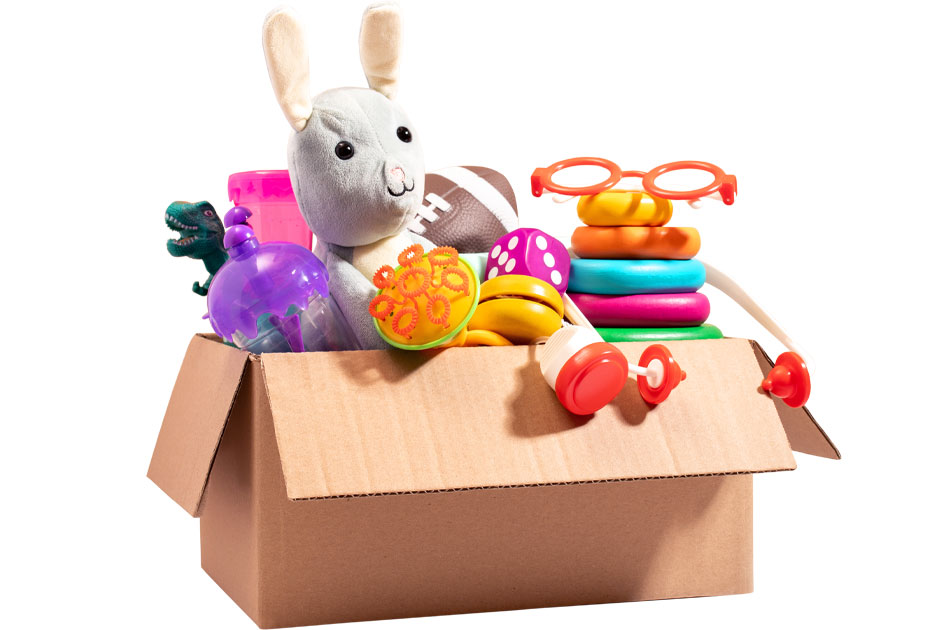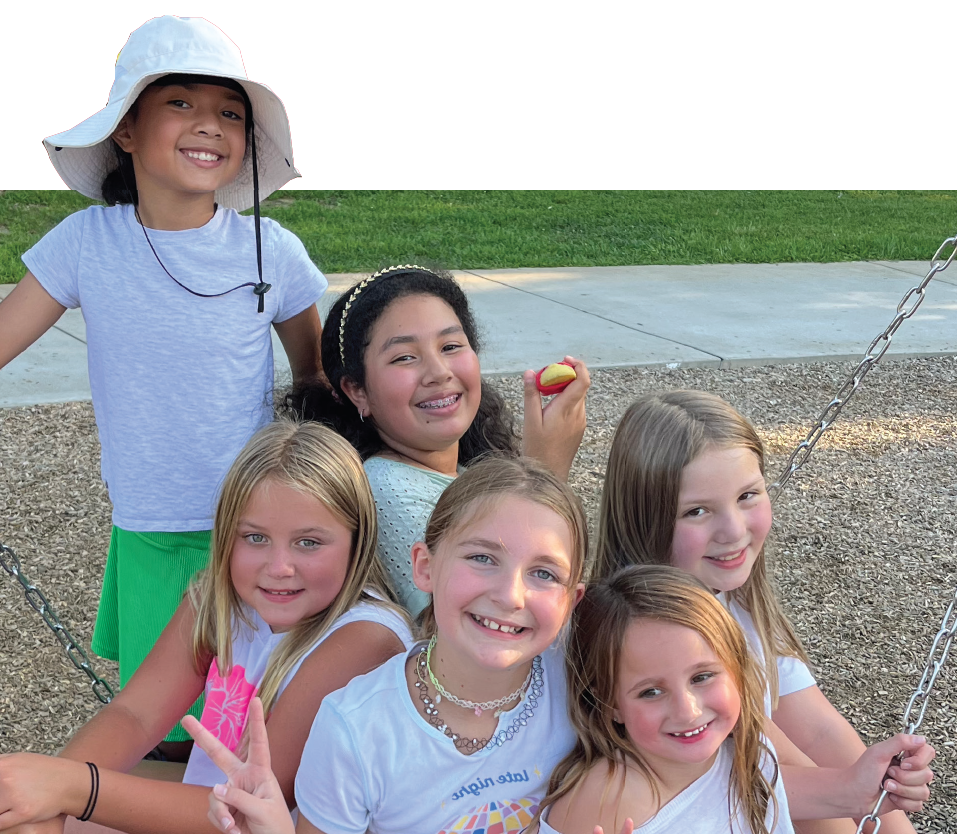The first time you hold your sweet, fragile, innocent child is a life-changing moment.
The desire to love, provide, and protect comes swiftly, and an unspoken bond is created. We safety-proof the house to keep our babies and toddlers safe, and continue trying to safety-proof their lives to prevent physical and emotional pain.
The desire to shield our children from the unpleasantness of life can be taken to the extreme, and in 1990, child development researchers Foster Cline and Jim Fay developed the term “helicopter parenting,” and defined it as “Parents who hover over and then rescue their children whenever trouble arises.” Fast forward to 2021 and Cline and Fay have updated their book and the term “helicopter parent,” stating, “We have come to call them the ‘jet-powered, turbo-attack mode’ of helicopter parents. These parents are obsessed with a desire to create a perfect world for their kids…one in which they never have to face struggle, inconvenience, discomfort, or disappointment.” One could read this and argue that, of course, they want to create a perfect world for their kids and prevent them from pain and suffering, because that is what a loving parent does. However well-intentioned, these efforts are more and more research that points to the fact we may be doing more harm than good, because while there are few certainties in life, one absolute is that everyone experiences failure at some point. How we deal with failure contributes to our capacity for happiness and success. The Center on the Developing Child at Harvard University calls the ability to fail well “resilience”—stating that the capacity to deal with obstacles is crucial to raising healthy, productive adults.
In fact, The Center on the Developing Child at Harvard University has pinpointed a few key elements that support the development of resilient children. They say, “It is the interaction between biology and environment that builds a child’s ability to cope with adversity and overcome threats to healthy development” [emphasis mine]. We may not control biology, but we play a large role in creating an environment our children can thrive in.
The Center on the Developing child lists the following as vital pieces to creating an environment that fosters resiliency.
- Facilitating supportive adult-child relationships.The adult in the relationship can protect the child from toxic stress while helping him or her learn to cope with developmentally appropriate stressors. Researchers from The Center on the Developing Child say, “Age-appropriate, health-promoting activities can significantly improve the odds that an individual will recover from stress-inducing experiences. For example, regular physical exercise, stress-reduction practices, and programs that actively build executive function and self-regulation skills can improve the abilities of children and adults to cope with, adapt to, and even prevent adversity in their lives. Adults who strengthen these skills in themselves can better model healthy behaviors for their children, thereby improving the resilience of the next generation.”
- Building a sense of self-efficacy and perceived control.The Journal of Psychology Integrations defines perceived control as “an individual’s belief about his or her own capability of exerting influence on internal states and behaviors, as well as one’s external environment.” Let your child be a part of assigning/creating a chore chart or creating their daily schedule that fits in homework, physical activity, and family time. Check in with your child on their progress with their plan. Evaluate what worked and did not work. Identify natural consequences that arise and help your child create a new plan of action to try the next week.
- Provide opportunities to strengthen adaptive skills and self-regulatory capacities. Adaptive skills empower children to independently perform activities of daily living as well as develop a sense of responsibility to their community.Brandy Wells, LSW, explains self-regulation as “The process that your child’s brain goes through that gives them the ability to control their behaviors and emotions in response to a situation.” It’s having the skill to calm yourself down when you get upset, adjust to a change in environment or expectations, and handle frustration without outbursts. Familiarize yourself with age-appropriate activities of daily living, community service, and self-regulatory skills for your child. Ensure your child gets enough sleep, physical activity, socialization, and alone-time. Be available to sit with your child through difficult emotions, ride the initial emotional wave with them, then discuss and practice tools that may be more effective to try the next time the issue arises.
- Mobilizing sources of faith, hope, and cultural traditions. Claire McCarthy, MD, says, “It helps to be part of something bigger, to have community, to have traditions that help you through difficult times. This doesn’t mean that you need to join a faith [group] if you don’t belong to one. But if you do, maybe you could go to services a bit more often. If you don’t, spending time with extended family, joining a community group, taking part in service opportunities together…these activities can help give your child a perspective on life, as well as strategies for handling challenges. Because ultimately, the ability to keep perspective and handle challenges is what gets us through and helps us succeed.”
When positive experiences outweigh negative ones, a child’s “scale” tips toward positive outcomes.
Credit: Center on the Developing Child.



















